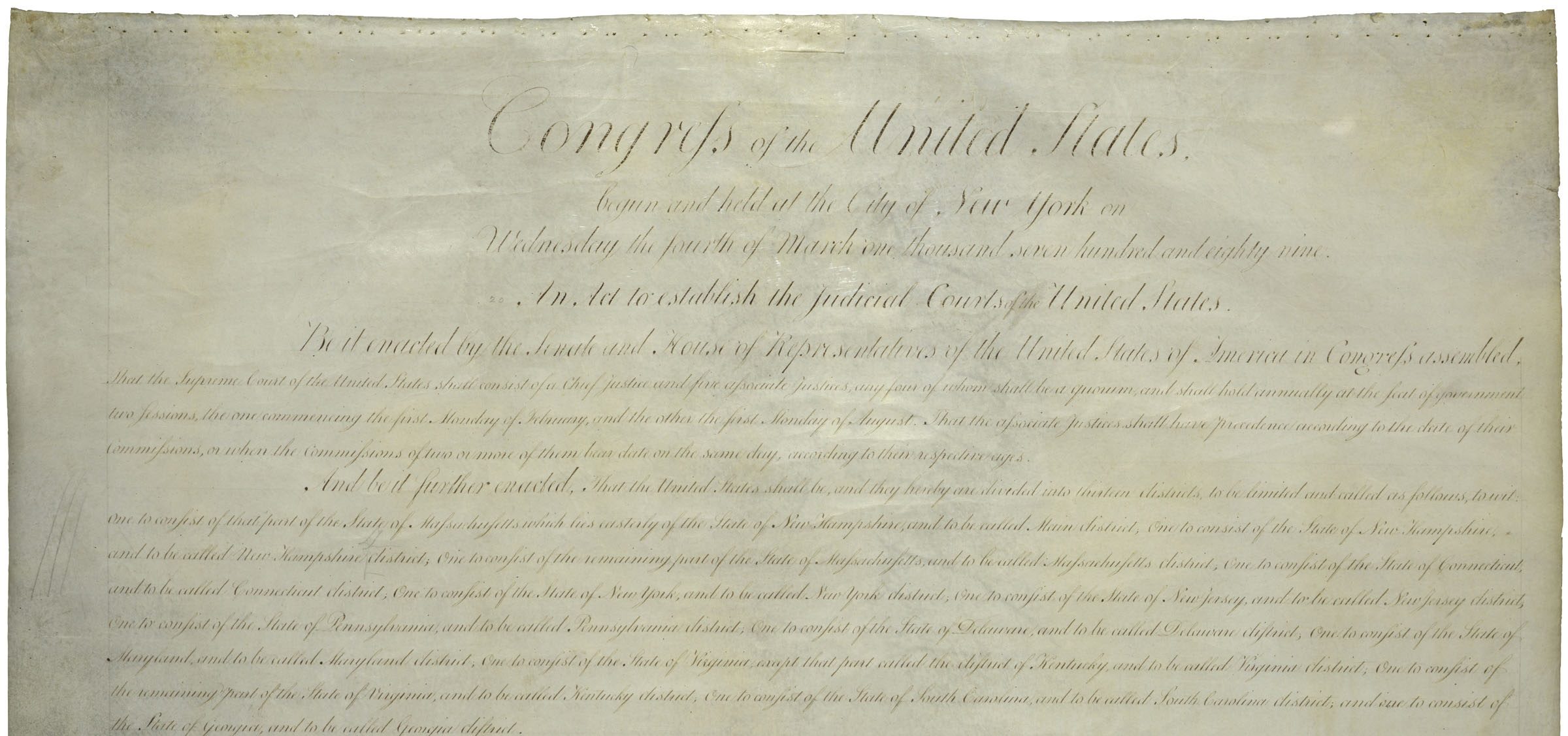In Langere v. Verizon Wireless Servs., No. 19-55747 (9th Cir. Dec. 29, 2020), the Ninth Circuit clarifies the standard for when a three-judge panel may overrule circuit precedent in the face of “irreconcilable” Supreme Court authority. It holds that it is not necessary for the prior circuit caselaw to be on all fours with the intervening Supreme Court decision, only that its underlying reasoning be rejected.
The Ninth Circuit had held in Omstead v. Dell, Inc., 594 F.3d 1081 (9th Cir. 2010), that a party resisting arbitration could establish appellate jurisdiction over a decision compelling arbitration – not otherwise allowed under the Federal Arbitration Act (FAA), 9 U.S.C. § 16(b)(3) – by the expedient of voluntarily dismissing their own claim with prejudice under Fed. R. Civ. P. 41(a)(2), then appealing from that “final judgment.” In this case, a Verizon customer followed this exact course to take an appeal from an order granting a motion to compel.
Subsequent to Olmstead, though, came Microsoft Corp. v. Baker, 137 S. Ct. 1702 (2017), which held that a plaintiff could not obtain a right to appeal the denial of class certification by voluntarily dismissing their claim. The only vehicle for appealing a class certification decision (other than after a final judgment) is discretionary jurisdiction under Fed. R. Civ. P. 23(f). Verizon argued that Omstead was irreconcilable with Microsoft and could not be applied.
The Ninth Circuit dismisses the appeal. After noting that the only statutory exception to the FAA’s ban on interlocutory appeals of orders compelling arbitration is by certification under 28 U.S.C. § 1292(b), it scrutinizes the reasoning underlying the court-made exception in Olmstead. The panel ultimately holds that Olmstead cannot survive Microsoft.
“Before considering Microsoft’s impact on Omstead, we pause to explain our framework for examining the interplay between circuit and Supreme Court precedent. Our circuit’s published opinions on the law are authoritative once issued and remain binding on subsequent panels of this court . . . . Sometimes, though, our precedent becomes effectively overruled by a Supreme Court decision that is closely on point, even if the decision does not do so expressly.”
The panel notes that it is required to follow the reasoning as well as the holdings of the Supreme Court. “So when the reasoning of a prior case of ours is ‘clearly irreconcilable’ with the reasoning of a subsequent Supreme Court case, a three-judge panel is not bound by the former and is free to reject it as ‘effectively overruled’ . . . . [I]t is enough that the issues, while not carbon copies, ‘ultimately derive[d] from the same inquiry.’”
“At the end, our cases [on overruling circuit authority] distill to a simple principle: when a rule announced by this court and a rule later announced by the Supreme Court cannot both be true at the same time, they are clearly irreconcilable. In such a case, the former must give way to the latter. On the other hand, where two rules can coexist, we leave them both undisturbed.”
At stake in both Microsoft and Omstead is “whether a plaintiff may bypass a regime for discretionary appellate review through a voluntary dismissal. Because the Supreme Court has clearly rejected that tactic, we must do so as well. At its core, the Supreme Court’s reasoning in Microsoft is clearly irreconcilable with our approach in Omstead.” Thus, although “[o]ne case is about class certification and one is about arbitration . . . . we cannot cover our eyes to binding Court decisions on that basis alone. The reasoning of Microsoft was that the voluntary-dismissal device cannot be permitted to subvert the final judgment rule or a finely wrought, discretionary-appellate regime. And that is precisely what the gambit before us now purports to do.”
